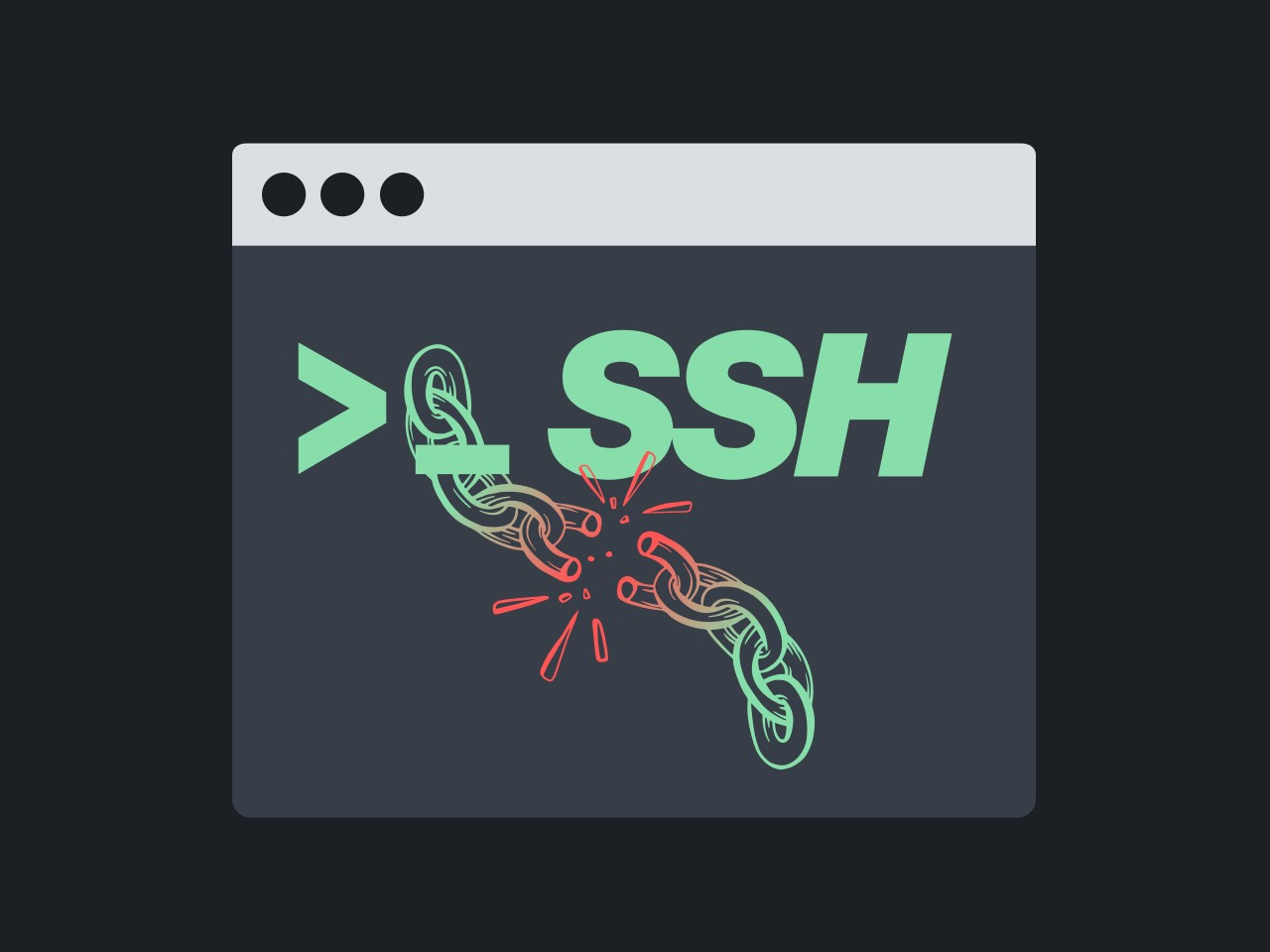In the world of programming and system administration, mastering Bash scripting is akin to unlocking a powerful tool that streamlines tasks, automates processes, and enhances productivity. Bash, short for Bourne Again Shell, is the default command language interpreter for Unix-based systems, including Linux and macOS. Its versatility and ubiquity make it an indispensable skill for anyone working with these operating systems. In this article, we delve into the essential techniques for mastering Bash scripting, empowering you to become more proficient and efficient in your scripting endeavors.
Understanding the Basics of Bash Scripting
Before diving into advanced techniques, it’s crucial to grasp the fundamentals of Bash scripting. Bash scripts are essentially a series of commands that are executed in sequence. These scripts can include variables, conditionals, loops, functions, and more, allowing for complex logic and automation.
Leveraging Variables and Expansion
Variables play a vital role in Bash scripting, enabling the storage and manipulation of data. Understanding variable types, scope, and expansion is fundamental. Bash supports various types of expansions, such as parameter expansion, command substitution, arithmetic expansion, and brace expansion, which can significantly enhance script flexibility and efficiency.
Harnessing Control Structures
Control structures, including if statements, loops, and case statements, provide the means to execute commands conditionally or repeatedly based on specified criteria. Mastering these control structures enables precise control flow within Bash scripts, leading to more robust and adaptable solutions.
Working with Functions
Functions allow for modularization and code reuse within Bash scripts. By defining functions, you can encapsulate specific tasks or operations, promoting code organization and maintainability. Understanding function syntax, arguments, and return values empowers you to create more structured and scalable scripts.
Exploring Input and Output Redirection
Input and output redirection are powerful features of Bash scripting that enable the manipulation of data streams. Techniques such as piping, redirection operators, and here documents facilitate the efficient processing of input and output within scripts, facilitating seamless integration with other command-line tools and utilities.
Error Handling and Debugging Techniques
Effective error handling and debugging are essential aspects of Bash scripting. Techniques such as error trapping, exit statuses, and debugging tools like set -x facilitate the identification and resolution of issues within scripts, ensuring robustness and reliability in production environments.
Optimizing Script Performance
Optimizing script performance involves various strategies, including minimizing resource usage, optimizing command execution, and employing efficient algorithms. Techniques such as caching, parallelization, and profiling enable you to identify bottlenecks and optimize critical sections of your scripts for improved efficiency.
Best Practices and Conventions
Adhering to best practices and conventions is crucial for writing maintainable and portable Bash scripts. Following established conventions for script structure, naming conventions, documentation, and version control ensures consistency and facilitates collaboration with other developers and sysadmins.
Conclusion
Mastering Bash scripting is a journey that requires continuous learning and practice. By understanding the essential techniques discussed in this article, you can elevate your Bash scripting skills and become more proficient in automating tasks, solving problems, and managing systems efficiently. Whether you’re a seasoned sysadmin or a novice programmer, investing time and effort in mastering Bash scripting will undoubtedly pay dividends in your day-to-day workflow and productivity.











